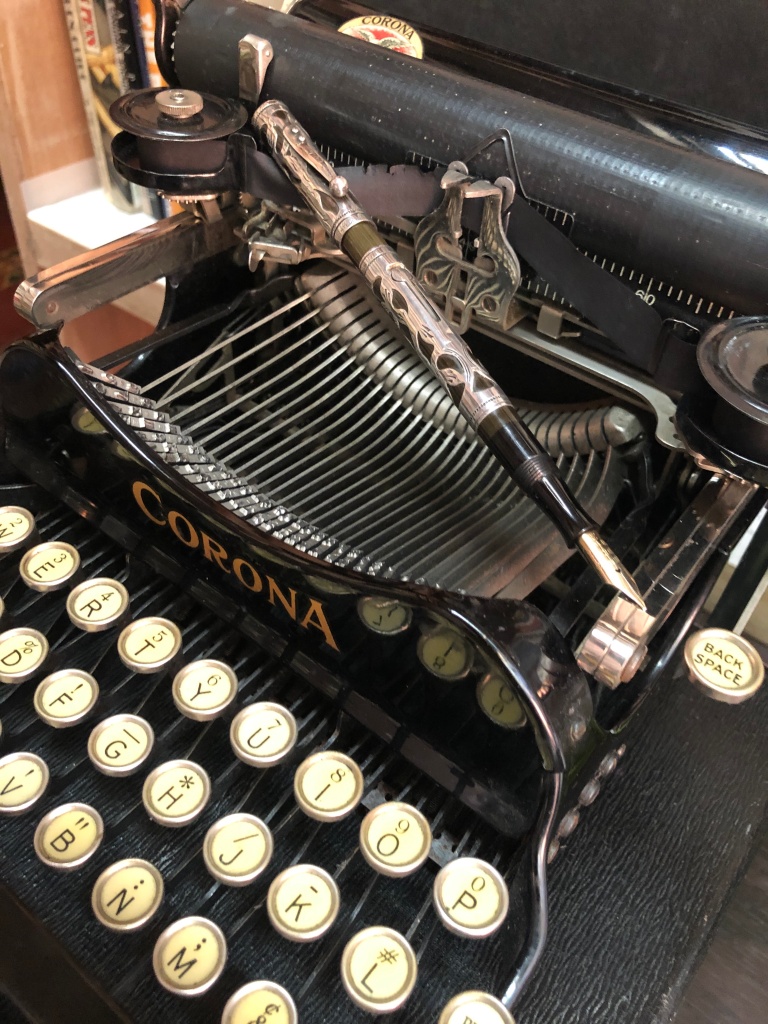Penman for Monday, March 29, 2021
OUTSIDE OF immediate family, there comes to every life at least one figure whom we cannot owe and thank enough—a mentor, a cheerleader, a believer on whose every word of encouragement you wait, and whose rebukes or admonitions, albeit rare, strike you with chilling efficacy.
This past month I lost two such figures, a woman and a man who lived into their nineties and thus influenced not only me but generations of students and acolytes eager to learn.
The first was Mrs. Agnes Banzon Vea—better known to many as the understandably proud mother of Smart founder Doy and Mapua president Rey, among other accomplished children. She was our English teacher at the Philippine Science High School, where she taught for many decades and became an institution.
For many decades now, I’ve boasted about being Mrs. Vea’s acknowledged pet. One of the things I quickly realized upon her passing was that it wasn’t true—we were all her pets.
Maybe I just felt special, because that’s what she made each of us feel. We were the third batch of PSHS students, long before the school came to be known as “Pisay.” But she did far more than teach us grammar and even literature. She taught us to think on our feet, to see beyond the obvious, and to enjoy ourselves doing it. She liberated our minds, and made a science high school feel like a playground for the imagination.
There are two episodes that have remained very clearly with me that happened when I was editor of the Science Scholar, and she was our adviser. Once, deadlines were falling due, but I was feeling lazy, so I told her I wasn’t in the mood to write. That was the only time I saw her get angry. I can’t recall exactly what she told me, maybe because it left me in total shock, but she made it clear that talent was worth nothing without discipline. I went to work right away.
Another time, in more pleasant circumstances, she took me aside to tell me something important. “Butch,” she said, “there are two young writers I want you to read, because both of them are very good. One is Joey Arcellana, and he edits the Philippine Collegian at UP. The other is still in UP High, and his name is Gary Olivar.” I think she was telling me that there were far better writers than myself, and that it was good to never forget that, if I was to continue learning. I took her advice, and because of it, within my first semester of entering UP two years later, I joined the Philippine Collegian, and also the Alpha Sigma fraternity, to which Gary and incidentally Mrs. Vea’s son Doy belonged.
But more than a teacher, she was a second mother to us, and I was especially touched by the memory of one of my batchmates, Ophelia Gaspay, who recalled how she was sitting all by herself in one of our school dances, watching the world go by. Suddenly, much to her surprise, someone went up to her to ask her for a dance—none other than Rey Vea, the dreamboat and heartthrob of the whole school. As they were twirling across the floor, she saw, out of the corner of her eye, a beaming Mrs. Vea, her fairy godmother, who had apparently waved her magic wand.
The second mentor I lost was the writer and editor Johnny Gatbonton, who had a long and distinguished career in journalism. Literature majors should remember him as the author of the classic postwar short story “Clay,” which won first prize in the Palanca Awards of 1951. When I met him in the early 1990s, he was about as old as I am now, and had set up a speechwriting operation for President Fidel V. Ramos. He needed another hand; I had just returned from my graduate studies in the US, and was close to penniless.
I learned not only graceful and effective speechwriting from Johnny, but also imbibed his intellectual curiosity, his love for the arts, and his generosity toward younger writers. Johnny held office at the painter Malang’s building on West Avenue in Quezon City, and every now and then Johnny hosted lunch for a train of literary luminaries who included Nick Joaquin, NVM Gonzalez, Greg Brillantes, Rony Diaz, and Andy Cristobal Cruz; I was the proverbial fly on the wall, eavesdropping on another generation’s animated conversation.
In 1994, when I was a awarded a writing fellowship at Hawthornden Castle in Scotland (where I eventually wrote and completed Penmanship and Other Stories), instead of docking me a month’s pay for my absence, Johnny gave me the cash for pocket money and wished me well on my writing. Many years later, out of the blue and when he had also retired, Johnny asked me and the late Raul Rodrigo out to lunch just so we could chat about nonfiction and daydream about which National Artist’s biography we most wanted to write (I think I said Franz Arcellana, another mentor of mine, and Raul said Botong Francisco).
The dimming of such lights, although inevitable, is deeply saddening, but we can only wish that we will be as sorely missed when our time comes.










